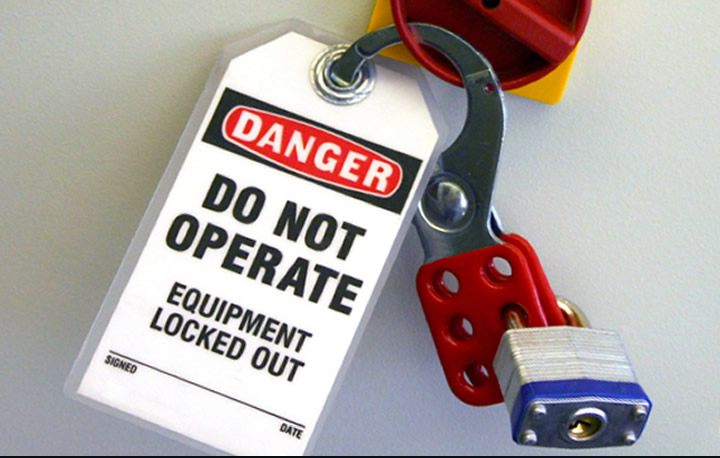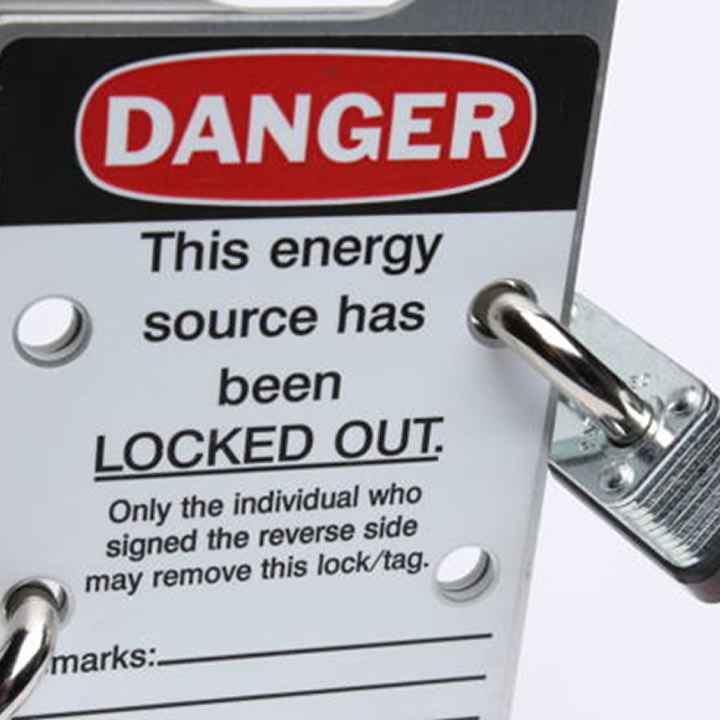Maintenance is a way to ensure the reliability, availability, and security of equipment in production. When they perform their maintenance duties, technicians are exposed to dangerous energy sources and unplanned equipment starting.
These circumstances increase the risk of injury or even death. To reduce the risk of accidents, businesses devise machine-specific lockout and tagout (LOTO) methods.
They include safety rules that must be followed to be adhered to when performing maintenance. LOTO procedures are mostly restricted to maintenance activities. They are nevertheless essential for specific production tasks in which safety equipment our guards aren’t present or have been bypassed.
The development of a solid LOTO program requires compliance with OSHA guidelines. However, many organizations commit the following mistakes when establishing and implementing these policies.
Not Bringing Equipment to A Zero Energy State
It is essential to get your equipment into a Zero Energy State prior to checking on it. OSHA could examine the lockout procedures in particular for how to make the equipment an energy-free state.
In addition to this being covered in the regulations and being a significant point of contention by OSHA inspectors, machines in a zero energy state are significantly less likely to create the risk of death or injury to workers who work on maintenance of the equipment.

Lack of Procedures
Specific procedures should be developed for every device in which an unexpected energization or release of energy may result in injuries. The procedures must be able to identify all sources of energy and the necessary energy isolation devices.
The Failure to Include the Timeframes for Training and Inspections
The majority of facilities do not include inspection and timeframes for training from the LOTO documents. In the ideal scenario, an inspection should be conducted every year with the approval of an employee. The authorized person prepares a report and keeps an original copy.
Regular LOTO training is available to maintenance technicians, temporary (contracted) workers, and personnel from production during maintenance. It is essential for creating awareness and making sure that the procedures are easily understood and implemented.
When creating LOTO procedures, businesses do not include training schedules, dangerous energy levels, and minimal implementation standards. The majority of facilities don’t list the inspectors who are responsible for monitoring compliance to LOTO procedures. The majority of documents do not have templates for gathering feedback from the technicians, certifying them, and keeping records of inspections.
Inappropriate Selection and Procurement of Devices
It has been noted that many businesses fail to appreciate the significance of Lockout Tagout by simply procuring generic Lockout Tagout devices and not focussing on getting the exact that is appropriately tailored, the right devices.
Review your property and decide the proper isolation devices needed for your equipment, as various applications require specific lockout devices to ensure isolation.
Another reason behind the failure of LOTO is purchasing the cheapest or L-1-type products available in the market by the purchasing department. Due to financial constraints and the general specifications of the department of users, they purchase the general LOTO products from vendors in the local market without knowing the consequences.
Insufficient Training
Lockout Tagout is recognized internationally as a top risk to businesses. The primary reason for this is insufficient and inadequate training for those who work in isolation from the energy source.
To achieve zero accidents, it is essential that interactive and high-impact training is provided to every employee. It is the top management’s responsibility to create a culture that encourages continuous training for their employees to ensure that the workplace procedures and safety standards are up to date and to be able to take in the most effective techniques in safety at work.
The companies should implement a tiered training concept that covers all training levels, starting at tier 1 and ending at level 4.
- Generic Training: It’s an element of Tier 1″ of the training that includes all company employees, including the manager in charge, the affected, authorized, or general employee of the business regardless of whether they are directly connected to the maintenance and servicing of equipment.
- In-depth Training: This type of training is covered in Tier ‘2’ and tier 3′ in the LOTO training program. At this level in training, only authorized employees are allowed to participate in training.
- Mastery and Excellence Level Training: at this level is the last tier of training, tier 4. Those who are LOTO leadership and LOTO masters are further trained until they reach the level of excellence and become the advocate of safe energy isolation. Through proper training, LOTO issues can be tackled to a higher degree.
There Are No Timely Reviews and Audits
OSHA requires annually an audit of each procedure, and a discussion of the audit’s findings with each authorized employee whose lockouts are in use, and any employee who is affected and authorized when tagout is the only option.
The audit should establish whether all energy sources are being identified, whether employees know which energy source can be harmful to their health and which safe (such as water pipe or low voltage), and if guidelines for energy control are understood and adhered to.
The reports and evidence of accidents caused by servicing show the inefficiency during annual reviews and audits. If audits and inspections are not conducted in time and efficiently, and the deficiencies in the existing LOTO program aren’t examined or identified, the result is mishaps and accidents sooner or later.
Regular audits and reviews fill in the gap between deficiencies and lapses in the processes that help keep the business in compliance and security.

